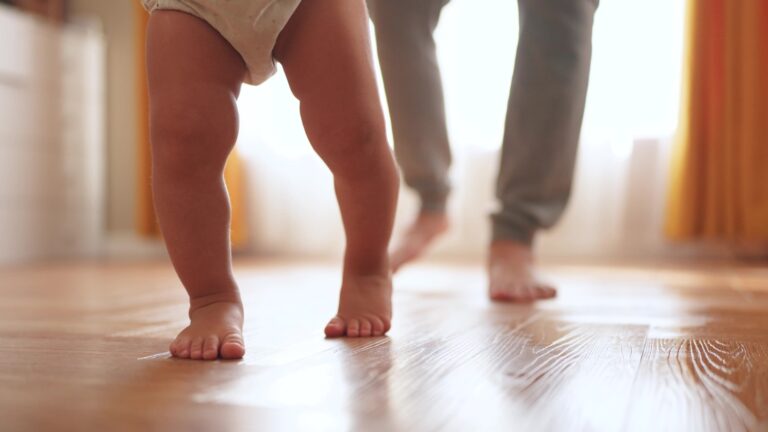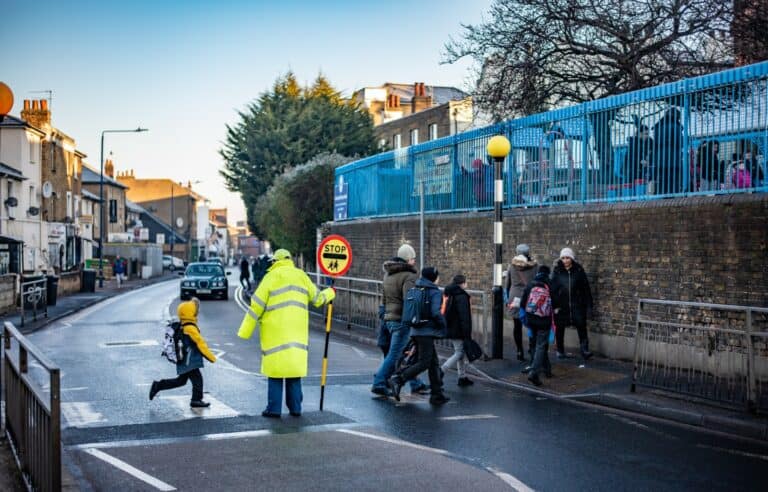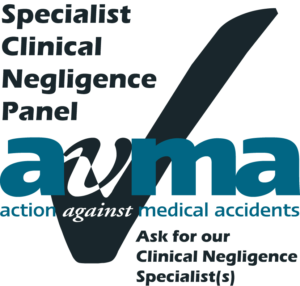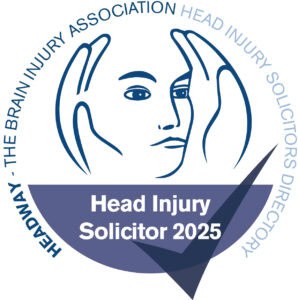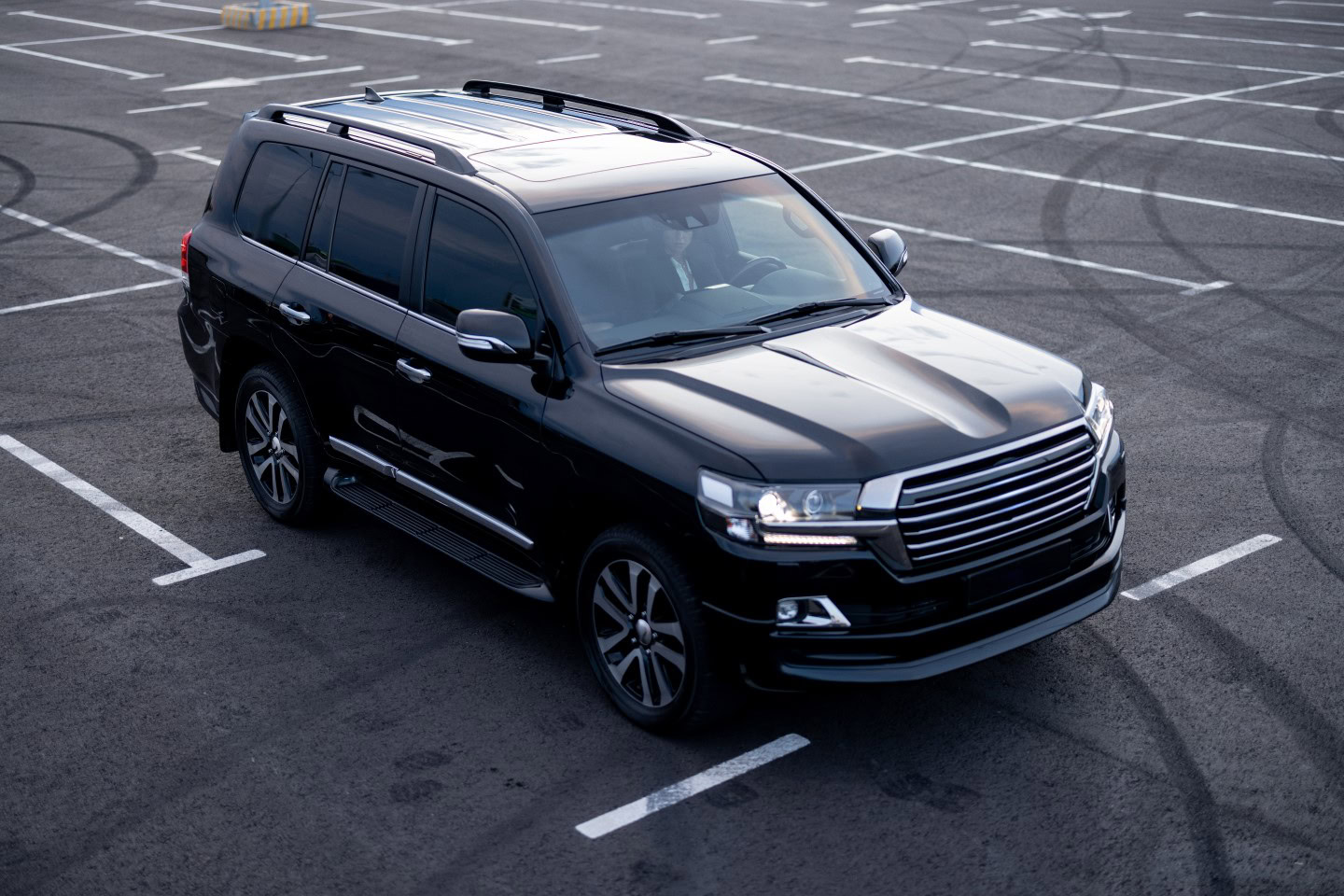
‘Carspreading’ and how it poses a risk to vulnerable road users
Cars on the UK’s roads are rapidly increasing in size, increasing the risk of serious and fatal injuries, scientific evidence suggests.
SUV ownership has risen tenfold in the last two decades, now comprising about 30% of urban vehicles in England, compared to just 3% 20 years ago.
In London alone, there were roughly 800,000 SUVs in 2023 – an increase of 900% since 2002.
What is ‘carspreading’?
Carspreading refers to the increasing size of cars, particularly SUVs, which are taking up more space on the streets, increasing the danger for pedestrians and cyclists and contributing to congestion.
Carspreading is an issue for the following key reasons
- Visibility issues and blind spots
Larger vehicles, specifically SUVs, have more blind spots than smaller vehicles. This is predominantly due to their size, height and design features, which affect a driver’s visibility around the vehicle.
Blind spots are caused by pillars in the car’s design and bodywork. In SUVs these are larger and create significant forward, rear and side blind zones that can hide pedestrians, cyclists and other vehicles from the driver’s view. There are four main blind zones in these vehicles:
- Forward blind zone – this is due to the bonnet at the front of the vehicle causing difficulties seeing objects directly in front.
- Rear blind zone – this creates a large blind spot in the rear corner of the vehicle and can cause difficulties when reversing.
- Side blind zone – this is the area where the side of the car meets the rear windows. This is often larger in SUVs than smaller cars. It also causes difficulties when reversing.
- Front pillar blind zone – these are the pillars that join the windscreen to the side of the vehicle and can obscure cyclists, pedestrians or other vehicles particularly when turning the car.
- Height difficulties
Larger vehicles have taller bonnets and these are often blunter in shape. Over the last 15 years there has been a trend of bonnets increasing in height by half a centimetre annually.
Transport & Environment, the green campaign group, ran a study on the increasing bonnet heights of cars and found the average bonnet height of a passenger car sold in the UK has jumped from 77cm in 2010 to 84cm in 2024.
Currently there is no legal limit for bonnet heights in the UK and Europe, and if no laws are put in place, cars may get increasingly taller, drastically increasing the subsequent risks.
This increased height causes several issues:
- Firstly, pedestrians struck by higher-fronted cars are more likely to be pulled under the moving vehicle rather than bounce off them. This is because if you are hit above your centre of gravity you are more likely to fall forwards and down, causing an increased risk of being driven over after impact. This is in contrast to where a collision is below your centre of gravity whereupon you are more likely to fall onto the vehicle bonnet and deflect to the side.
- Secondly, if a car is taller and hits you at a greater height on your body, it is more likely to strike vital organs in an adult’s body and more likely to hit the head of a child. A child being struck on the head by a vehicle can often lead to serious brain injuries and/or long-term disabilities or fatalities.
In contrast, where a pedestrian is hit by a smaller car with a lower bonnet, the impact tends to be on the pedestrian’s legs which can result in them falling onto the vehicle or being thrown to one side rather than pulled under the vehicle.
- Thirdly, due to the increased height, studies have shown that the tallest vehicles cannot see children as old as nine at all if they are directly in front of the vehicle.
- Crash impact
As these ‘supersized’ vehicles are much heavier, the likelihood of more serious and fatal injuries when they are involved in a collision significantly increases.
A study by the London School of Hygiene & Tropical Medicine and Imperial College London, which analysed more than 680,000 collisions, found these ‘supersized’ cars are much more likely to cause fatal injury to cyclists and pedestrians.
The risk is even greater for children, who are 77 per cent more likely to suffer fatal injuries in an SUV collision than one involving a traditional car. In children under 10, the risk of death is three times more likely.
- Risks for cyclists
Whilse cars are getting larger, the size of our roads remains unchanged. Wider vehicles take up more space on the road and this can encroach on cycle lanes, endangering cyclists and causing a higher risk of them being knocked off their bikes.
The risk of death for cyclists and pedestrians is 44% higher if they are involved in a collision with one of these larger vehicles.
One survey showed 79% of London parents think it’s not safe enough for children to cycle on London’s roads, and 61% are concerned bigger cars make it more dangerous for children to walk and cycle in London.
When involved in road traffic accidents, even at low speeds, cyclists may have little or no protection. This means they are some of the most vulnerable road users and can often suffer severe long-term injuries as a result. These risks are only increased if a cyclist is hit by a larger vehicle or heavy goods vehicle.
Heavier vehicles also cause more wear and tear on road surfaces, causing hazards for all road users, in particular cyclists who can be hurt by defects in the road.
What can be done?
With a lack of any legislative changes on the issue of these larger vehicles, some councils, such as Haringey in London, are considering measures to charge higher fees for bigger cars to park. The hope is this will deter people from buying bigger vehicles and driving them into busy cities like London.
The London Assembly has also called on the Mayor of London to write to the Department for Transport requesting tighter limits on bonnet heights for vehicles. Detailed laws clearly need to be put in place to prevent the escalation of the ‘bonnet height race’ and protect vulnerable road users. It is positive that these campaigns are being raised, but there is still a long way to go.
In the meantime, it is essential pedestrians, especially when walking with children, stay vigilant, ensuring to use crossings and to make themselves as visible as possible.
How can Bolt Burdon Kemp help?
If you or your child is injured in a road traffic accident, as a pedestrian or cyclist hit by a car, we may be able to help you claim compensation.
We understand how road traffic accidents can result in long-term harm to both adults and children. That’s why we can provide the right steps to support you in making a claim. Our approach is designed to help you recover from or adapt to your injuries and cope with stress and uncertainty. We can help you to secure:
- Interim payments: Paid before your case is settled, these can help to pay for treatments and support your finances.
- Medical examinations: Getting you examined by medical professionals to make sure you get compensation focused on your injuries, recovery and other needs.
- Medical treatments: We have expertise in gaining compensation to cover a range of medical treatments.
- Living adjustments: Funds designed to help you adjust your home to accommodate your injuries.
For more information, contact our Personal Injury team below.

